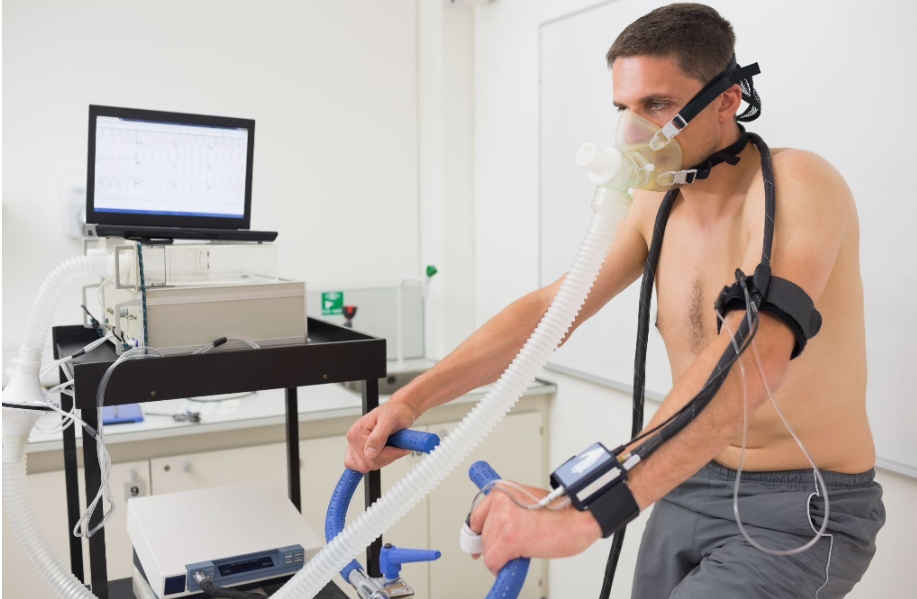When people think of massage therapy, the first benefits that often come to mind are stress relief, muscle recovery, and relaxation. However, one of the lesser-known yet highly impactful effects of massage is its influence on the digestive system. From alleviating bloating and constipation to reducing symptoms of irritable bowel syndrome (IBS), massage can play a meaningful role in supporting digestive health. In this article, we explore how targeted massage techniques can improve gut function, reduce discomfort, and enhance overall well-being.
The Gut-Brain Connection and the Role of Massage
The human body operates through interconnected systems, and one of the most important relationships is that between the brain and the gut. Known as the gut-brain axis, this two-way communication system means that emotional stress can affect digestion, and digestive issues can impact mental health. Massage helps regulate this connection by reducing stress hormones such as cortisol while stimulating the parasympathetic nervous system, which governs rest and digestion. This shift in autonomic balance creates an ideal internal environment for healthy gastrointestinal activity.
Common Digestive Issues Massage Can Help Address
Massage therapy has shown promise in relieving a range of digestive concerns, particularly those related to stress, muscular tension, and sluggish internal movement. These include:
- Constipation: Abdominal massage can stimulate intestinal movement and help relieve mild to moderate constipation.
- Bloating: Gentle techniques assist in gas movement through the digestive tract, reducing pressure and discomfort.
- IBS (Irritable Bowel Syndrome): Massage can lower sympathetic nervous activity, easing spasms and abdominal pain.
- Acid reflux: While not a cure, massage that reduces tension in the diaphragm and upper abdomen can minimize symptoms.
Each of these issues often has a stress-related component. Addressing both physical and emotional tension simultaneously is what makes massage such a powerful tool for gut health.
Specific Massage Techniques for Digestive Support
Not all massage is created equal, especially when it comes to digestive wellness. Here are some techniques most commonly used for this purpose:
- Abdominal Massage: This involves slow, clockwise motions following the natural path of the intestines to stimulate peristalsis and promote elimination.
- Reflexology: Focuses on foot pressure points believed to correspond with the digestive organs, helping to balance energy flow and improve organ function.
- Swedish Massage: While general, its ability to lower stress and improve circulation indirectly benefits the digestive system.
- Myofascial Release: Can help relieve tension in the core muscles surrounding the abdominal cavity, reducing physical restriction.
Abdominal massage should always be performed by a trained professional to ensure safety and effectiveness, particularly for clients with pre-existing digestive conditions or recent surgeries.
The Stress-Digestion Cycle and How Massage Breaks It
One of the main culprits of poor digestion is chronic stress. When the body is in a constant fight-or-flight state, it diverts blood flow away from the digestive organs and suppresses normal gut function. This can lead to indigestion, slowed metabolism, and irregular bowel movements. By activating the “rest-and-digest” response, massage helps restore optimal function to the gastrointestinal system. It encourages deeper breathing, relaxes the abdominal wall, and reduces sympathetic nerve activity—all of which are essential for healthy digestion.
Integrating Massage into Digestive Health Routines
Massage therapy works best as part of a comprehensive digestive health plan. When combined with proper hydration, a fiber-rich diet, mindful eating, and regular physical activity, massage can dramatically improve gut performance. Many individuals who receive consistent abdominal massage report improved regularity, reduced abdominal pain, and better appetite control. Some even find that it helps manage weight more effectively by curbing emotional eating triggered by stress.
Real-World Application: What to Expect During a Digestive Massage
A digestive-focused massage session often begins with gentle work on the lower back and diaphragm to relax surrounding musculature. The therapist may then proceed to use warm oil and circular motions across the abdomen, focusing on specific quadrants that align with the colon’s natural pathway. Communication during the session is crucial, as sensitivity in the abdominal area can vary. Clients should be hydrated and should avoid large meals within two hours of treatment for maximum comfort.
Regional Access to Specialized Therapists
With the growing awareness of digestive massage, more wellness clinics are now offering services that specifically target gut health. Certain regions are becoming known for their expertise in this area. For instance, some practitioners specializing in abdominal and holistic therapy are available through trusted 분당오피 wellness listings, which often include certified therapists trained in digestive modalities. Accessing professionals who understand both anatomy and internal organ function is essential for achieving safe and meaningful results.
Expanding Availability in Non-Metropolitan Areas
It’s not just urban centers that offer these services anymore. Even in smaller cities, demand for targeted massage therapy is growing. For example, in regional hubs like Wonju, massage facilities often found through local platforms such as 원주오피 are beginning to offer specialized abdominal massage and stress-relief programs. These community-based services are making digestive health support more accessible to people outside metropolitan areas.
Conclusion: A Natural Step Toward Better Digestion
Massage therapy is a powerful, natural ally in the pursuit of digestive wellness. By combining physical stimulation with deep relaxation, it addresses both the mechanical and emotional aspects of gastrointestinal function. In an era where gut health is increasingly linked to immunity, mood, and longevity, investing in regular massage may be one of the most holistic choices you can make.
Whether you’re struggling with chronic issues or simply want to optimize your digestion, consider adding massage to your health regimen. With growing accessibility and specialized options even in local communities, there’s never been a better time to explore how therapeutic touch can bring balance back to your body—starting from the inside out.






